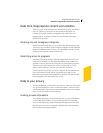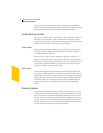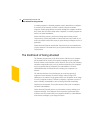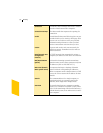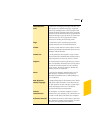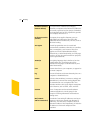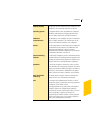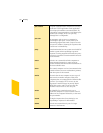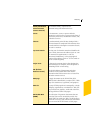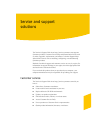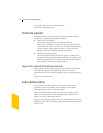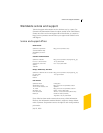
Glossary 137
network address
The portion of an IP address that is common to all
computers on a particular network or subnet.
operating system
A program that ties the capabilities of computer
hardware and software to input/output devices
such as disks, keyboards, and mouse devices.
outbound
communication
An attempt by your computer to open a connection
with a remote computer. The connection can be
used to send data to and from your computer.
packet
A unit of data that is routed between an origin and
a destination on the Internet. In addition to the
data being transmitted, a packet contains
information that enables computers on a network
to determine whether to receive it.
packet-switching
network
A network of computers (such as the Internet) that
transmits files by breaking them into packets and
routing each packet along the best available route
between the source and destination computers.
password
A character sequence entered by users to verify
their identities to a network or program. The most
secure passwords are difficult to guess or find in a
dictionary, and contain a combination of capital
letters, lowercase letters, numbers, and symbols.
POP3 (Post Office
Protocol 3)
An email protocol used to retrieve email from a
remote server over an Internet connection.
port
A transport user identification used by a client
program to specify a particular server program on
a computer. Also called service.
Some applications have ports with preassigned
numbers. Others are assigned port numbers
dynamically for each connection. When a service
(server program) is started, it binds to its
designated port number. When a client program
wants to use that server, it also must request to
bind to the designated port number.



